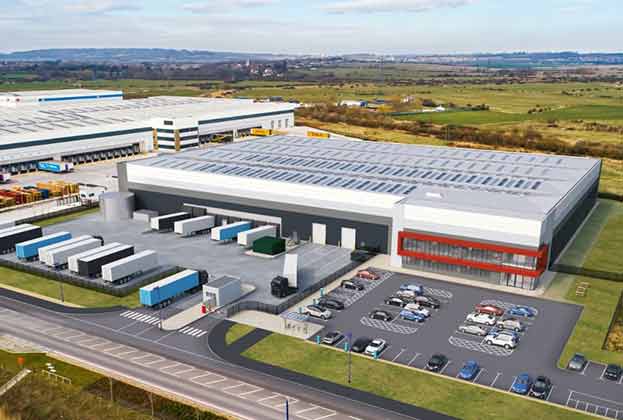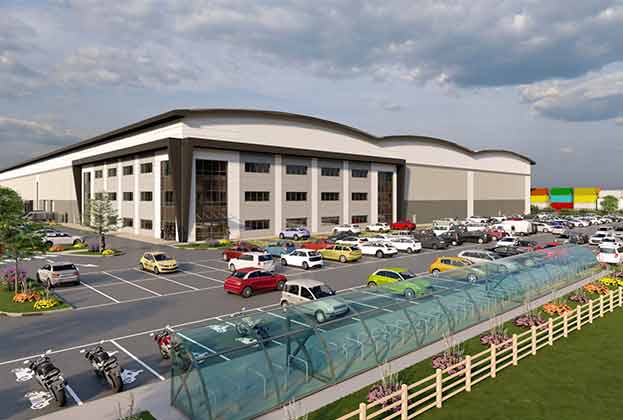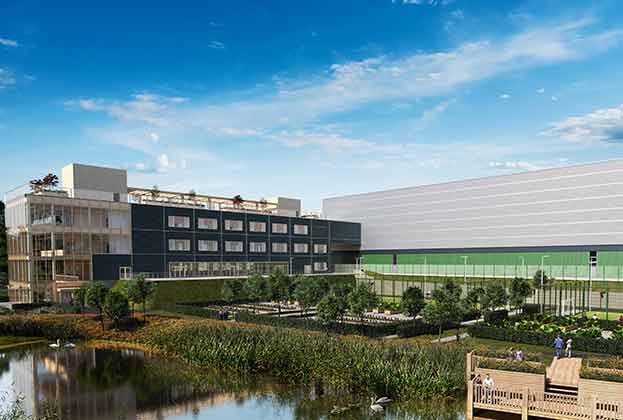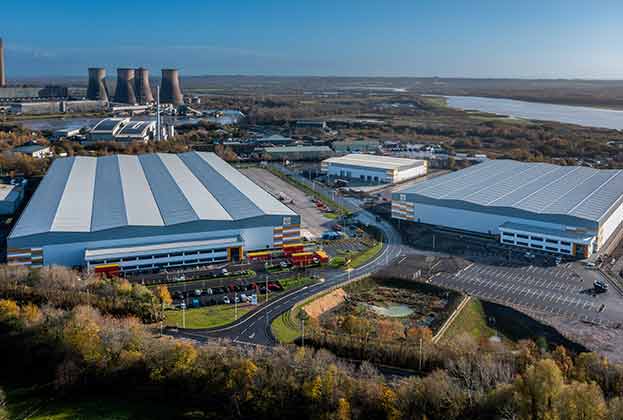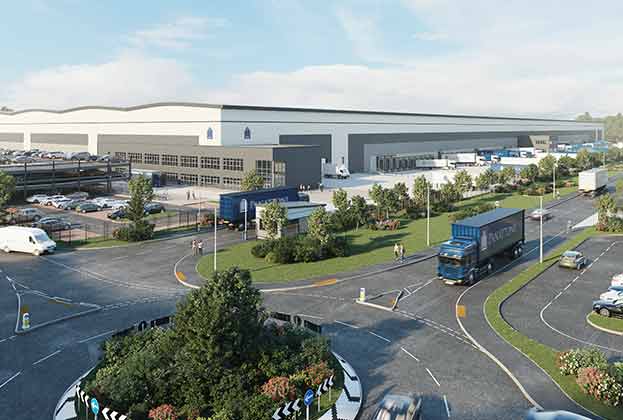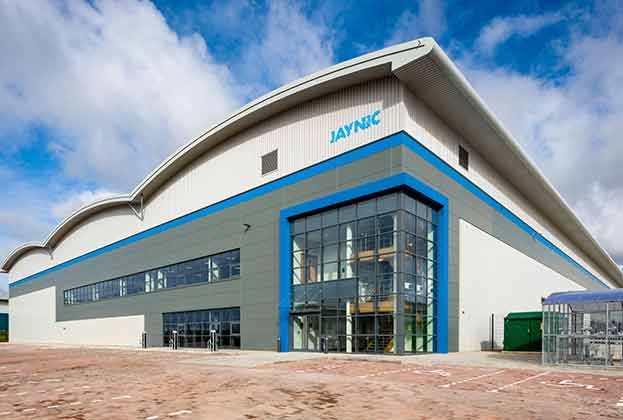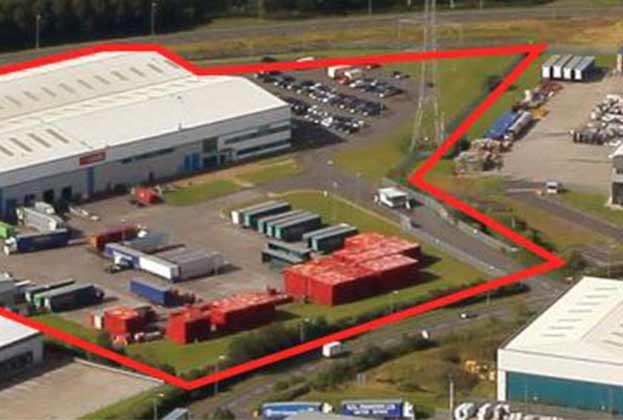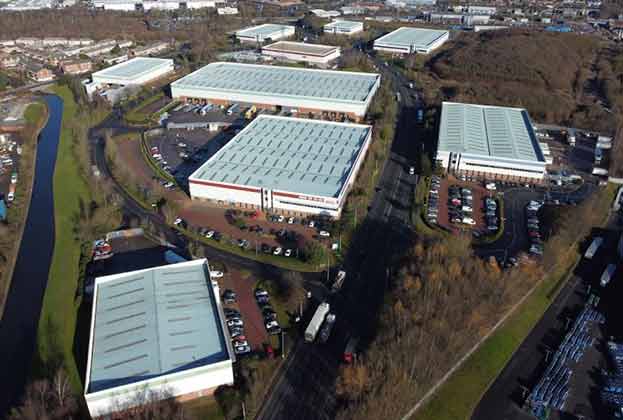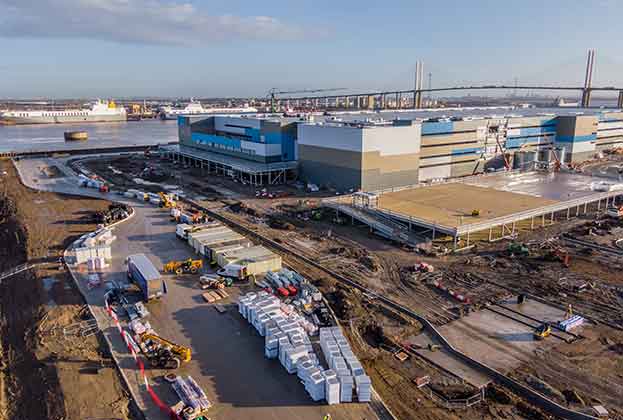Vacancy rate just 2.50%; 0.23 years’ worth of supply
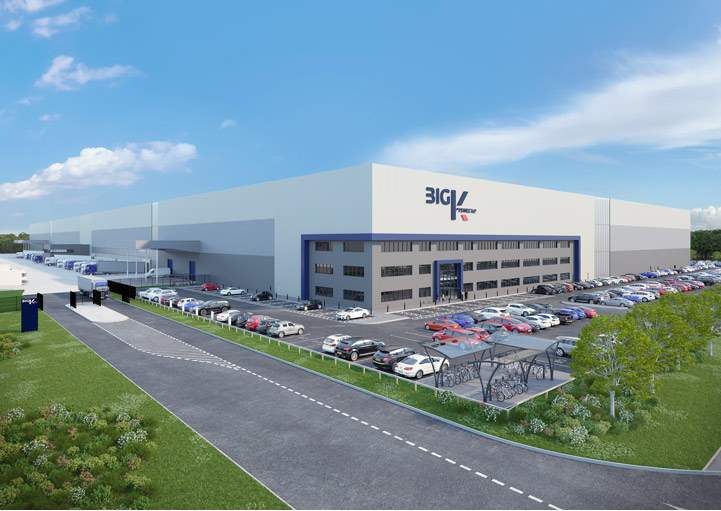
Big K, Konect 62, comprising 735,000 sq ft of new speculatively developed space. Savills is the agent
The region continues to attract activity from occupiers due to the lower land values and rents. However, the chronically low levels of built-ready-to-go stock have caused immediate requirements to be satisfied in neighbouring regions or through the built-to-suit route. Developers have responded to the increased occupier demand; however, some speculative schemes have been paused due to funding and construction issues
Tom Asher, Director, Leeds
Supply
The supply of units over 100,000 sq ft currently stands at 2.4m sq ft across 14 units. There is 1.9m sq ft available in Yorkshire across ten units, and c.500,000 sq ft available in the North East across four units. The vacancy rate now stands at 2.50%, which equates to just 0.23 years’ worth of supply.
The majority of space available is low-quality second-hand space, with just 22% classified as Grade A, 41% as Grade B space, and 37% as second-hand Grade C space. Like the majority of the UK, occupier preference revolves around better quality units, with 85% of take-up in the last three years being Grade A space. Consequently, a large proportion of the Grade C or B space could be considered obsolete through not being able to accommodate modern occupier requirements.
In terms of size, 72% of available units by count are within the 100,000–200,000 sq ft size band, 21% are within the 200,000–300,000 sq ft size band, and 7% are within the 300,000–400,000 sq ft size band.
Take-up
Take-up in 2022 has reached 10.52m sq ft across 25 units, surpassing the long-term annual average take-up by 88%. In isolation, 70% of take-up was in Yorkshire, and 30% was within the North East.
The chronically low levels of good-quality built stock has led occupiers down the built-to-suit route to acquire space. In 2022, 70% of space transacted was built-to-suit space, 10% was pre-let speculatively developed space, 6% was new speculatively developed space, and 14% was second-hand space.
In terms of deal count, 52% of transactions were within the 100,000–200,000 sq ft size band, 12% were within the 200,000–300,000 sq ft size band, 8% in the 400,000–500,000 sq ft size band, and 28% over 500,000 sq ft. The average deal size this year reached 420,941 sq ft, which is significantly higher than in other regions.
In 2022, manufacturers were the most active, accounting for 37% of all take-up, online retailers accounted for 21%, high street retailers 15%, and 3PLs 12%. The remaining take-up was spread over a diverse range of sectors.
Development pipeline
There are currently 26 units under construction, totalling 6.89m sq ft. There are 12 units under construction within the 100,000–200,000 sq ft size band, six within the 200,000–300,000 sq ft size band, six in the 300,000–400,000 sq ft size band, and two over 500,000 sq ft. Many of these units are about to go under offer, but should they reach practical completion before exchanging, the vacancy rate would rise to 9.65%, which is crucially under the 12% threshold needed for rental growth.
Read the articles within Big Shed Briefing below.
.jpg)
